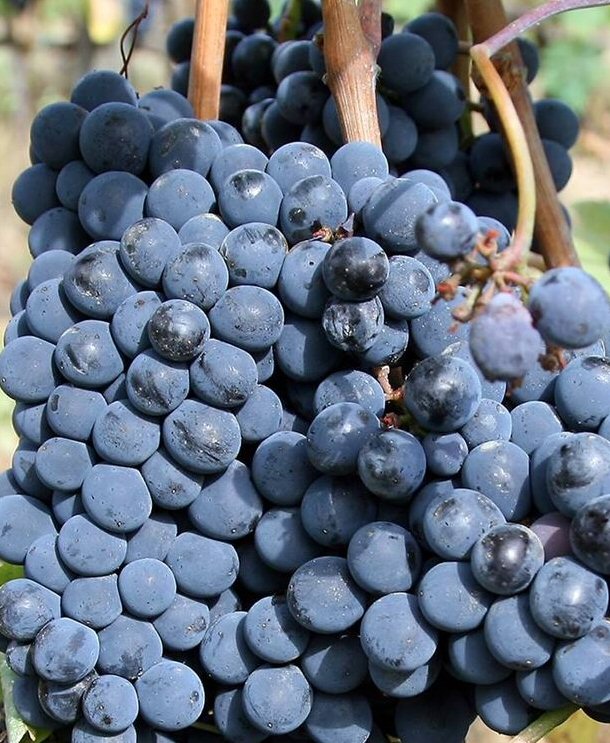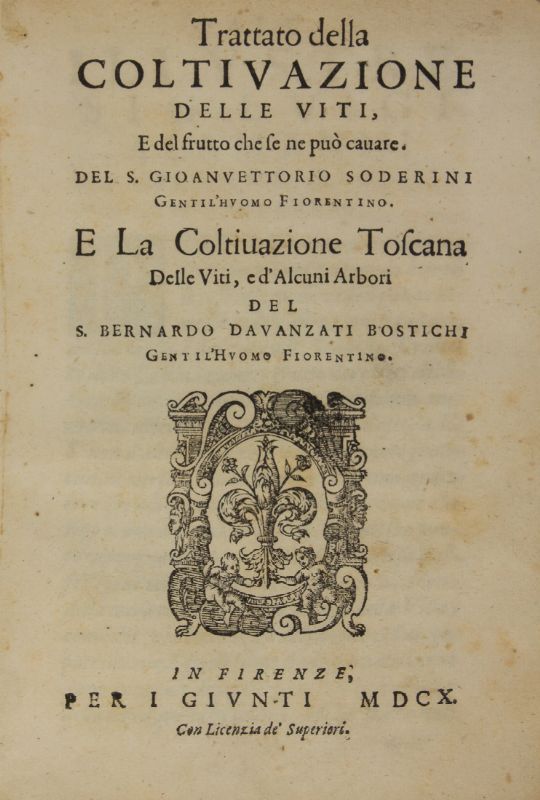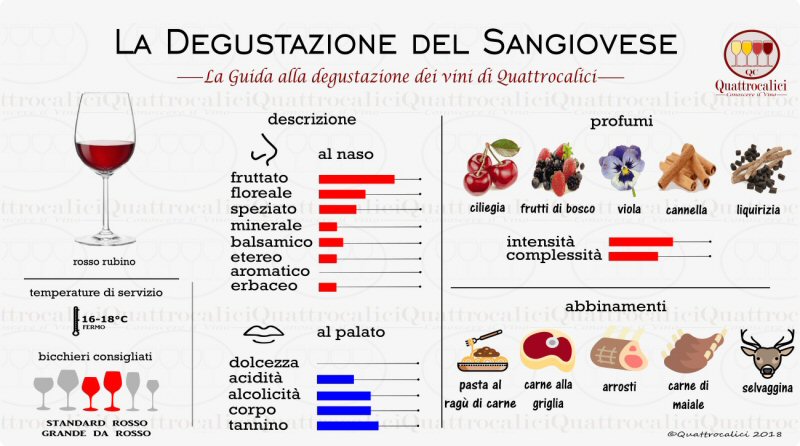The Sangiovese
Sangiovese is without a doubt the most cultivated grape variety in Italy. It is a red berry vine that is known in many ways: they are different to call it brunello, others call it kind prugnolo.
Beyond the many names with which wine lovers call it, Sangiovese is a surprising vine with an incredible veracity since its most famous Italian wines come to life from its grapes, including our “Corniolo” and “Baccio dell ‘ Umbria”.
In this journey to discover the sangiovese we hope you can find a lot of useful information that maybe you did not know before.


Sangiovese: the origins
The origins and provenance of this vine are uncertain. The first information about it has reached us today thanks to the words of Giovanni Vittorio Soderini, a Tuscan agronomist of the 1600s. The latter spoke about it in his treatise on viticulture, indicating it as “Sangiogheto”.
Apart from this, the real origin of the name is unknown even if the tradition tell that the name of these grapes was given by the monks of the monastery on Monte Giove in Santarcangelo di Romagna. A name born for a coincidence, according to tradition. Being an excellent host to the monastery, the monks offered him some wine the they produced. He was impressed by the goodness of the wine and then asked for the name. The monks, not knowing what to answer, took a cue from his bright red color, “Blood of Jupiter” (in italian: Sangue di Giove) answered.
Legend aside, recent genetic research has established that Sangiovese has many affinities with wines from the South and has a marked tendency to change.
Spread
The tendency to change this vine makes it more correct to speak of Sangiovesi (plural of Sangiovese in Italian) rather than Sangiovese.
Reducing this family to only two types, big and small Sangiovese, is therefore extremely and improperly simplified. Furthermore, this characteristic means that it is grown in Italy in 80,000 hectares divided between Tuscany, Emilia Romagna, Umbria and Marche.


Sangiovese and its taste
One of the qualities of Sangiovese is that recognizing it through the taste buds or through the sense of smell is not so difficult. The nose reveals fruity and floral scents with traces of spices.
These scents usually combine a scent of cherry, violet and berries. The whole is fine, the tannin is powerful, but of silky consistency, the flowers are emerging and the red fruits to boost the acidity, however the wine is hot, never too round, indeed with a certain underlying nervousness.
The color is ruby up to four to five years and then tends to garnet.
Features
Sangiovese has a good capacity for adaptation as well as, due to the good fortune of the winemakers who grow it, an excellent tendency to abundant productions.
Its leaf, on the other hand, is medium in size and usually has 3 or 5 light green lobes.
The size of the berries instead can be classified as medium-large and usually have a regular and ovoid shape. The berry peel is dark purple, tending to black.
The production reaches high peaks when the plant grows in clayey and calcareous soils, like those of the Colline del Trasimeno
Service and Matching
To best enjoy it, we recommend serving it at a temperature between 16 and 18 ° C in red or standard-sized wine glasses.
You should also know that it combines best with traditional dishes such as pasta with meat sauce but above all meat. Among these we recommend a beautiful Florentine steak or grilled meat anyway even if it combines well with pork and game as well as roasts.
At this point you just have to try our Corniolo, the wine we make with a high percentage of Sangiovese grapes, one of the flagships of our production.

Sangiovese of Lake Trasimeno
Our members, those who raise the vines and harvest the grapes conferring it to the Cantina Duca della Corgna, have their own rows of Sangiovese right in the Trasimeno territory, halfway between Umbria and Tuscany
Find us
Via Roma 236, 06061 Castiglione del Lago Perugia
Telephone: (+39) 075-9652493
Email : info@ducadellacorgna.it
